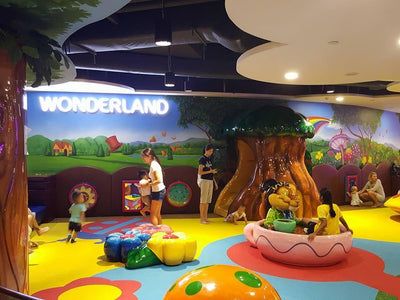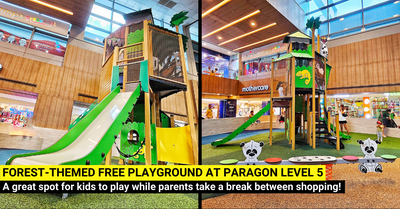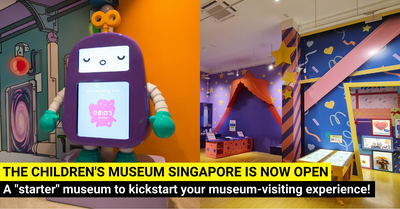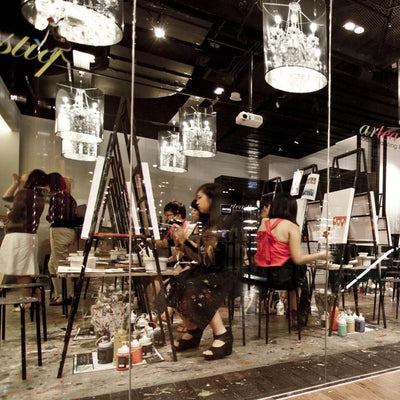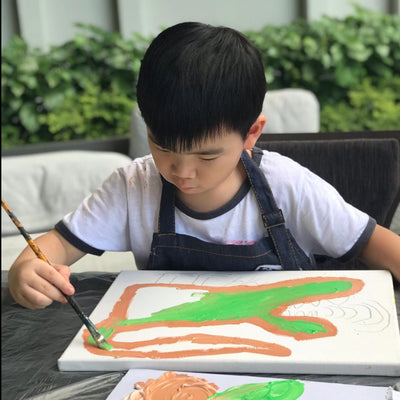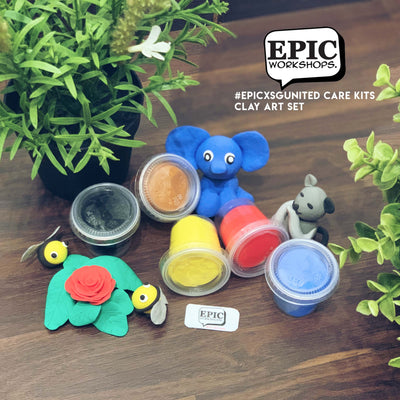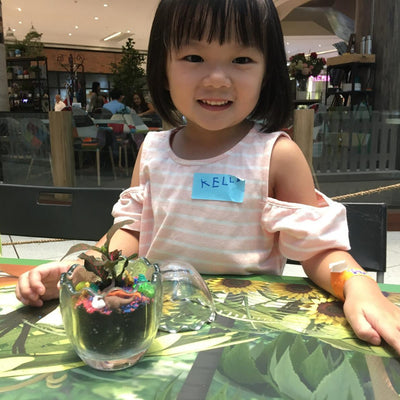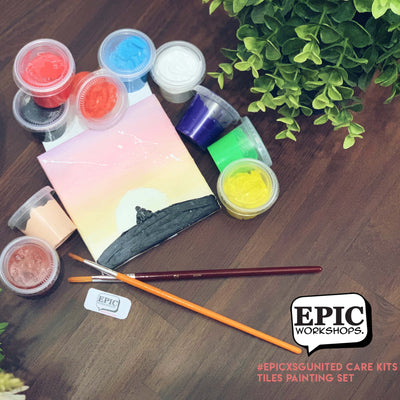Reflections at Bukit Chandu (RBC) reopen its doors to the public on 9 September and families can expect an enhanced retelling of the story of the Malay Regiment in the Battle of Pasir Panjang.

Photo Credits: Reflections at Bukit Chandu
Venue: Reflections at Bukit Chandu, 31-K Pepys Road Singapore 118458
Opening Hours: 9.30am to 5pm (Tuesdays to Sundays), Closed every Monday except Public Holidays
Admission: Free admission for Singapore Citizens and Permanent Residents

Reflections at Bukit Chandu (RBC) is a museum managed by the National Museum of Singapore, under the National Heritage Board, that tells the story of the Malay Regiment in the Battle of Pasir Panjang, during which the heavily outnumbered soldiers from the regiment made a heroic last stand against a 13,000-strong Japanese force.
A nice and quiet venue for families to visit and to learn more about Singapore's history as well as Singapore's involvement in the opium trade. The museum is also a great stop for families trekking across the Southern Ridges, including Mount Faber Park, HortPark, Kent Ridge Park and Labrador Nature Reserves.
Meet The Malay Regiment And Lieutenant Adnan Saidi

The revamped World War Two interpretative centre takes visitors on an immersive journey to remember the brave soldiers of the Malay Regiment with an expanded narrative that includes the site-specific history of Pasir Panjang and Bukit Chandu. Many of us may have read about the heroics of The Malay Regiment and in particular, Lt. Adnan in our history books. This is the opportunity to learn more and to introduce kids to a part of Singapore's history.
First opened in 2002, RBC is housed in a bungalow that stands close to Point 226, a military position that was the site of the Malay Regiment’s last stand against the Imperial Japanese Army on 14 February 1942. The galleries on the first floor of the revamped RBC charts the regiment’s beginnings, and pays homage to their courage and sacrifice during the Battle of Pasir Panjang in the exhibition Bukit Chandu: Battle Point 226.
The exhibition comprises three sections.
The Malay Regiment


This section traces the origins of the Malay Regiment, from the equipment that they used to the specially designed uniform that they wore. The regiment began as the Experimental Company with 25 recruits in 1933, assembled in the Federated Malay States near Port Dickson, Negeri Sembilan. In 1935, the Company was renamed the Malay Regiment, and by the time war broke out in 1941, it comprised almost 1,400 soldiers.
Into Battle


Photo Credits (both images): Reflections at Bukit Chandu
This section traces the regiment’s story during the defence of Malaya and Singapore against the Japanese invasion, culminating in the battle of Bukit Chandu on 14 February 1942. Through a multimedia presentation, visitors will get an immersive experience while the narrator narrates through a first-person account of the battle.
Aftermath

Photo Credits: Reflections at Bukit Chandu
By the time Singapore surrendered, more than 100 men of the Malay Regiment had been killed in action. About 600 members of the Malay Regiment who were detained were ordered to remove their uniforms and join the Japanese forces or be released as civilians. A number were executed for refusing to take off their uniforms.
This section pays tribute to these men who embodied the regimental motto, Ta'at Setia ("faithful and true" in Malay), to the very end.
The Legacy Of Bukit Chandu And Singapore's Opium Trade

Galleries on the second floor as well as on the grounds of RBC shed light on the history of Bukit Chandu (“Opium Hill” in Malay), Pasir Panjang (“Long Beach” or “Long Sand” in Malay) and the history of the RBC building from as early as the 14th century. The galleries shed light into a relatively unknown part of Singapore's history in the region's opium trade.
The bungalow itself was originally built in 1930 for senior British staff of an Opium Packing Plant down the hill.
Packing Chandu

Photo Credits: Reflections at Bukit Chandu

Visitors can learn more about the history of opium production in Singapore and life at the Opium Packing Plant, which used to exist at the foot of the hill. Raw opium was first processed in a factory at Telok Blangah, after which it was sent to Pasir Panjang to be packed, before being sold to opium smokers in Singapore, Malaya and other countries in the region.
This section also sheds light on the harm caused by opium addiction and efforts taken by local community leaders to combat it.
The Lounge

Photo Credits: Reflections at Bukit Chandu
Visitors will get to experience how former occupants of the house would have enjoyed the sea breeze and a view of the Singapore Strait, and find out more about the history of Bukit Chandu and Pasir Panjang through archival photographs.
On the Lawn
Through two outdoor installations, visitors can learn about the local landmark Longyamen ("dragon's teeth gate" in Mandarin) and the pineapple plantations which used to dot this area.
Opening Hours And Tickets
The museum is open from Tuesday to Sunday at 9.30am to 5pm and is closed on Monday except Public Holidays.
Admission is free for Singapore Citizens and Permanent Residents (please
present Pink or Blue NRIC for scanning). For tourists and foreign residents, tickets are available at $5 for adults, $4 for seniors, students and special access, or $15 for a family of 5 (max. 3 adults).
Children 6 years and below (any nationality) enjoy free admission to the museum.
Visitors are encouraged to pre-book their museum admission tickets. Please visit www.bukitchandu.gov.sg for the latest updates on the museum.
Getting To Reflections At Bukit Chandu
Reflections at Bukit Chandu is located at 31-K Pepys Road, Singapore 118458.
Via Public Transport
The nearest MRT is Pasir Panjang MRT or you can drop off at the bus-stop at Opp Currency Hse (15199) or Pasir Panjang Stn/FC. It will be an uphill walk of about 20 mins to the museum.
Via Car
Parking is not available on-site at the museum. Free parking is available at the nearest public carpark at Carpark ‘C’ of Kent Ridge Park
What To Bring
The museum is air-conditioned with washrooms available. While there is a vending machine for drinks, there is no cafe or F&B establishments within the museum. Families may wish to bring snacks and water for the kids. An umbrella will be helpful to get to and from the museum and carpark / bus stop / MRT station as there is no shelter.


